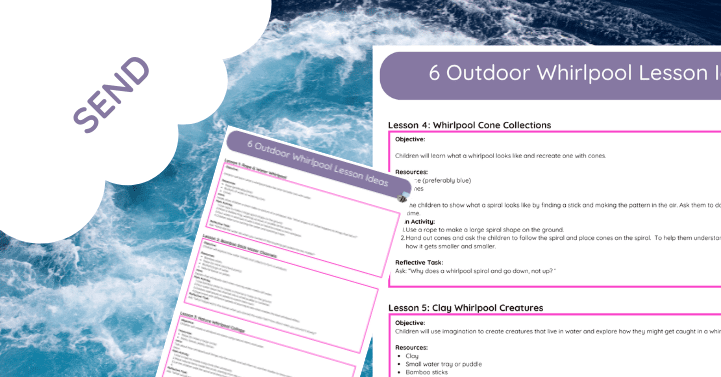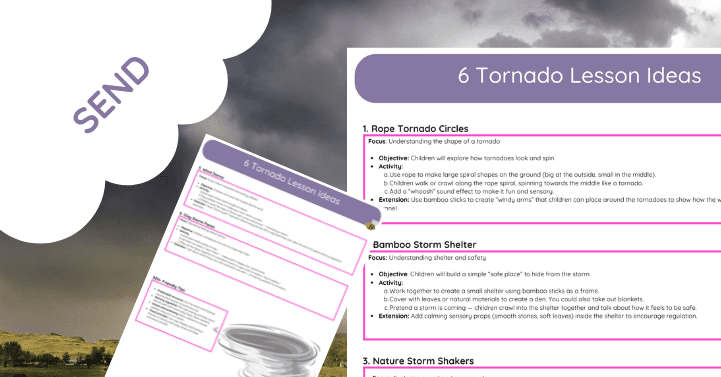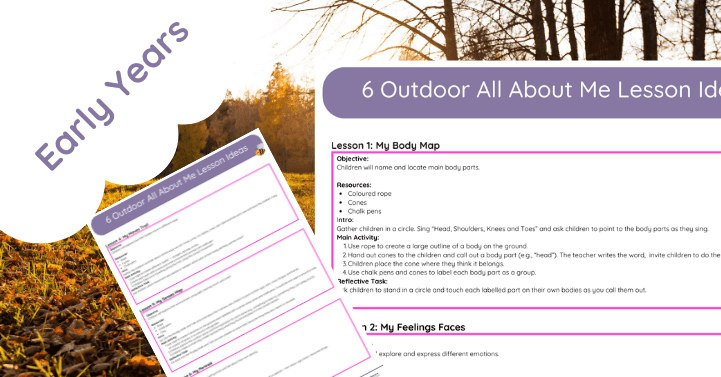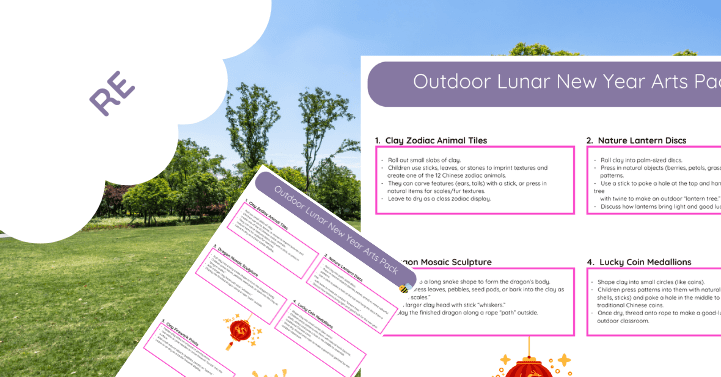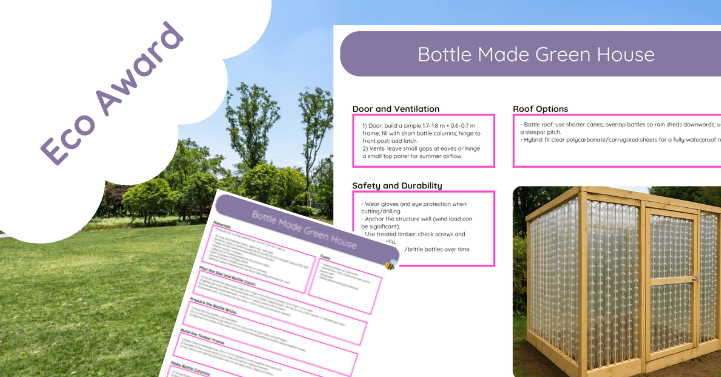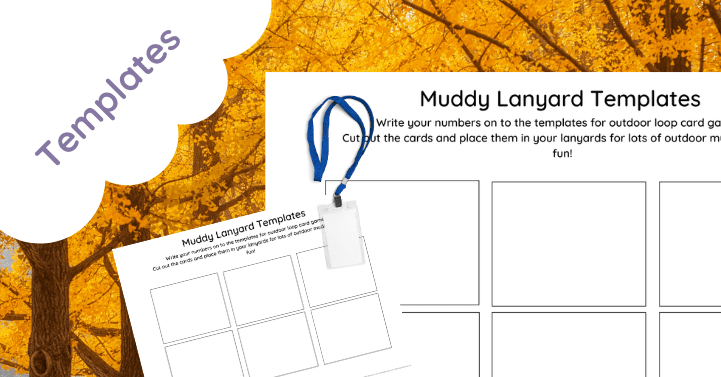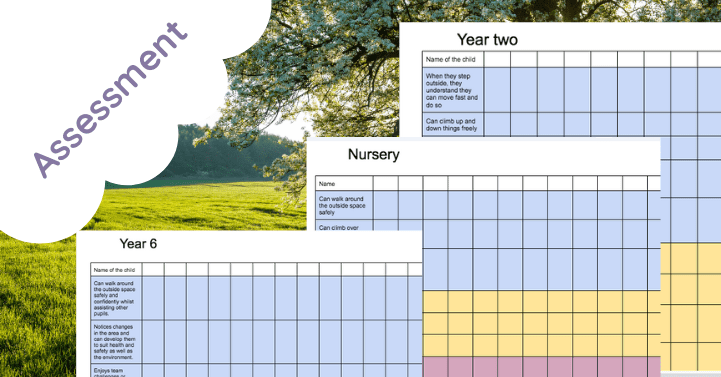Fractions KS1 Ideas Pack
Make learning fractions fun, engaging, and hands-on with our Fractions KS1 Ideas Pack! Perfectly crafted for young learners, this pack offers a variety of interactive fraction activities designed to take learning beyond the classroom. Each idea is adaptable for different learning styles, combining visual aids, hands-on tasks, and outdoor activities to help children truly understand the concept of fractions.
Key Features:
- Engaging and Hands-On Activities: Packed with creative ideas that use everyday objects, nature, and movement to make fractions understandable and fun for KS1 students.
- Flexible and Adaptable: Each activity is easy to customize to suit different learning paces and styles, ideal for small groups or individual exploration.
- Outdoor and Indoor Learning: Includes both indoor and outdoor fraction activities, helping children connect math concepts to the real world around them.
- Focus on Fundamental Fraction Skills: Teaches key fraction concepts like halves, quarters, and thirds through a range of interactive, play-based exercises.
- Curriculum-Aligned: All activities are designed to align with KS1 math curriculum standards, supporting teachers and parents in achieving learning goals.
Sample Activities:
- Fraction Scavenger Hunt: A fun outdoor activity where students find and collect items, creating fractions based on their findings.
- Fraction Pies with Natural Materials: Using circles and natural items to visually divide a “pie” into halves, quarters, and thirds.
- Fraction Relay Races: Active relay races where students gather fraction cards and practice adding them to reach a whole.
- Fraction Garden Plotting: A creative garden project where students divide a small garden space into fractions, learning division and area in real-world settings.
Whether you’re a teacher looking to add interactive activities to your classroom or a parent wanting to support math learning at home, the Fractions KS1 Ideas Pack is the perfect tool for making fractions accessible, enjoyable, and relevant for young learners. Watch as children gain confidence and excitement in their fraction skills through playful, real-world applications!
The Benefits of Introducing Fractions While Gardening with Children
Teaching fractions can be challenging, but introducing them through hands-on, outdoor activities like gardening can make the concept much more accessible and enjoyable for young learners. Gardening provides a natural, engaging environment where children can see fractions in real life—whether they’re dividing a garden plot, counting seeds, or sharing plants. In this blog post, we’ll explore the benefits of teaching fractions through gardening and share some helpful resources for bringing these ideas to life.
1. Real-World Application of Math Concepts
Gardening offers a real-world context for fractions, helping children see how they work beyond the classroom. When children divide a garden bed or plant seeds into specific portions, they gain a practical understanding of how fractions represent parts of a whole.
According to NAEYC, using real-world applications in math enhances children’s understanding and retention of concepts as they connect abstract ideas to tangible experiences. By dividing garden plots or planning sections, children see fractions in action, which boosts their comprehension and recall.
2. Encouraging Hands-On Learning
Gardening is a tactile, hands-on activity that engages children’s senses, making math more interactive and exciting. When children use their hands to plant seeds, create garden sections, and distribute plants, they become active participants in their learning.
The National Center for Biotechnology Information (NCBI) suggests that hands-on learning strengthens understanding and retention of concepts. Manipulating soil, seeds, and plants while learning fractions makes math feel more intuitive and personal, deepening children’s understanding.
3. Building Fine and Gross Motor Skills
Gardening activities like digging, planting, and measuring spaces help children develop fine and gross motor skills. When they divide a garden space into sections (like halves or quarters), they understand fractions better and practice critical physical skills.
The American Academy of Pediatrics (AAP) highlights that activities involving motor skills are crucial for young children’s development. Teaching fractions while gardening allows children to strengthen these skills in a practical, engaging way.
4. Fostering Teamwork and Social Skills
Gardening often involves group work, where children must collaborate to plant and divide garden plots. Working together on a fraction garden encourages teamwork and communication as children discuss how to split the space or allocate resources.
According to PBS Parents, cooperative learning activities like gardening help children develop social skills. Sharing tasks like dividing a garden into quarters or thirds allows children to build teamwork skills while learning fractions.
5. Boosting Environmental Awareness
Teaching fractions through gardening introduces children to the natural world, fostering an appreciation for the environment. As they learn to divide spaces and plant responsibly, they also understand the importance of nature and sustainability.
The National Wildlife Federation (NWF) emphasizes that outdoor learning experiences like gardening can cultivate environmental stewardship in children. By exploring fractions in the garden, children learn math and gain respect for the planet.
6. Encouraging Creativity and Problem-Solving
Gardening activities that incorporate fractions require creative problem-solving. Children need to think about how to divide plots evenly or ensure that plants have enough space, encouraging them to apply critical thinking.
The Harvard Graduate School of Education points out that outdoor, problem-solving activities help children build resilience and adaptability. Figuring out how to divide a garden into fractions helps children develop these skills while boosting their math abilities.
7. Making Math Fun and Relevant
Many children find math challenging, especially when taught through worksheets alone. Gardening makes math feel relevant and enjoyable, as children see firsthand how fractions apply to their favourite outdoor activities.
Scholastic Parents explains that making math fun and practical can improve children’s attitudes toward learning. Children who see fractions as part of a real-world activity like gardening are more likely to enjoy and embrace the learning process.
8. Teaching Responsibility and Independence
Children who take responsibility for a fraction of the garden learn to care for plants and maintain their section. This experience builds independence as children work to ensure their part of the garden thrives.
Understood.org suggests that responsibility-based tasks, like caring for a garden, help children build confidence and independence. Assigning each child a fraction of the garden teaches them math while fostering a sense of pride in their work.
9. Providing a Calming, Sensory-Rich Environment
Gardening is a calming activity that connects children with nature, providing a sensory-rich learning environment. This can especially benefit neurodivergent children who may benefit from outdoor, sensory-based learning.
The Child Mind Institute explains that nature-based activities help reduce stress and provide sensory engagement. Learning fractions in the garden introduces children to math in a peaceful setting, making learning more enjoyable and accessible.
10. Supporting Long-Term Retention and Understanding
When children learn through hands-on, real-life activities like gardening, they’re more likely to retain and understand the concepts. Dividing a garden into halves, quarters, or thirds helps solidify fraction knowledge in a memorable way.
The National Education Association (NEA) states that experiential learning helps improve long-term retention. By using fractions in the garden, children develop a deeper understanding that they can apply in future math lessons.
Fraction Gardening Activity Ideas
Ready to get started with fraction gardening? Here are some simple ideas:
- Plot Division: Divide a garden plot into halves, quarters, or other fractions, and assign each child a section to plant.
- Seed Counting: Have children plant specific fractions of seeds, like 1/4 of the seeds in one section and 3/4 in another.
- Plant Sharing: Ask children to share plants, like giving 1/2 of a section to flowers and 1/2 to vegetables, to help them understand how to divide resources.
- Harvesting Fractions: When plants grow, harvest them by fractions, such as taking 1/3 of the leaves from a section and leaving 2/3 behind.




